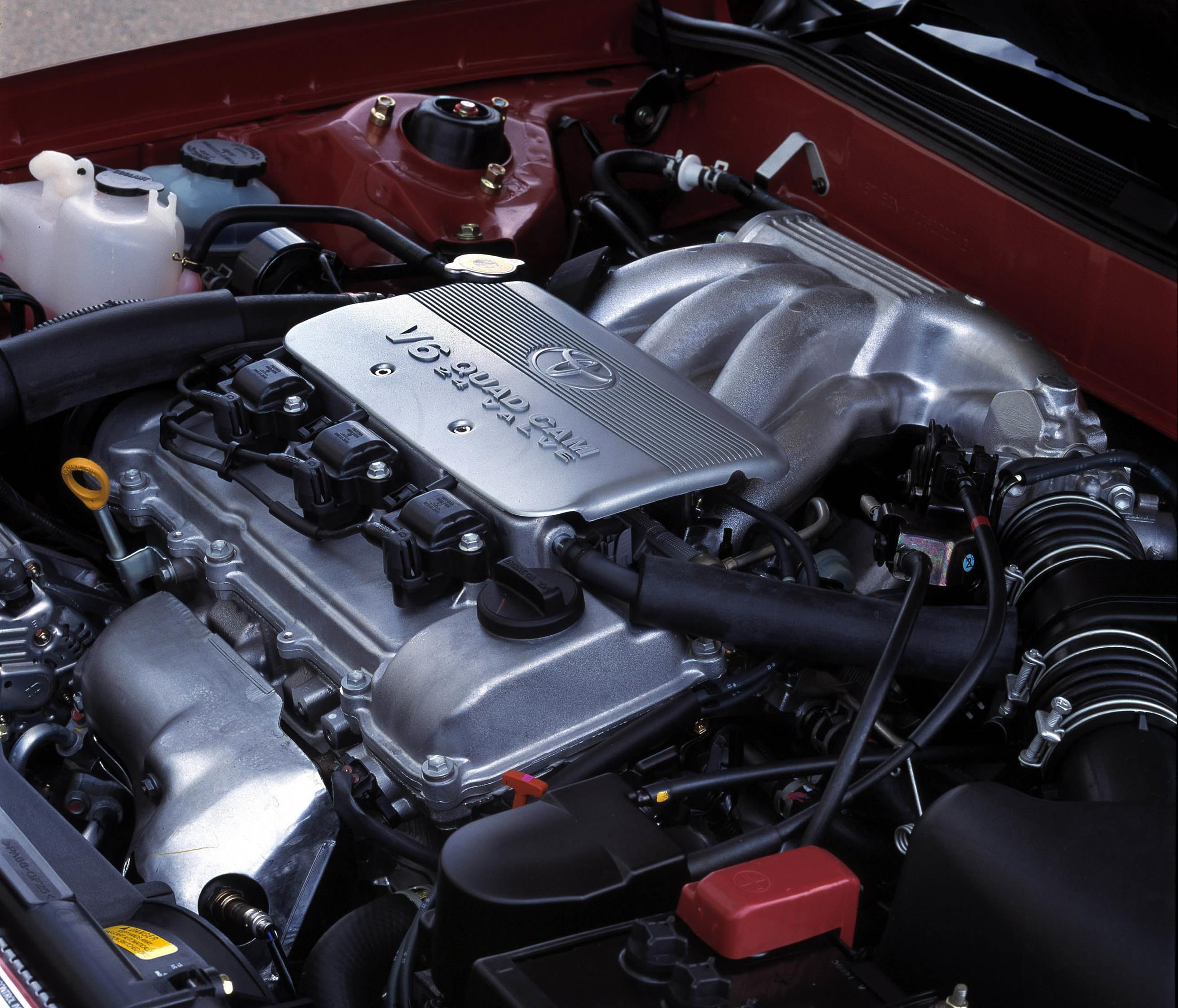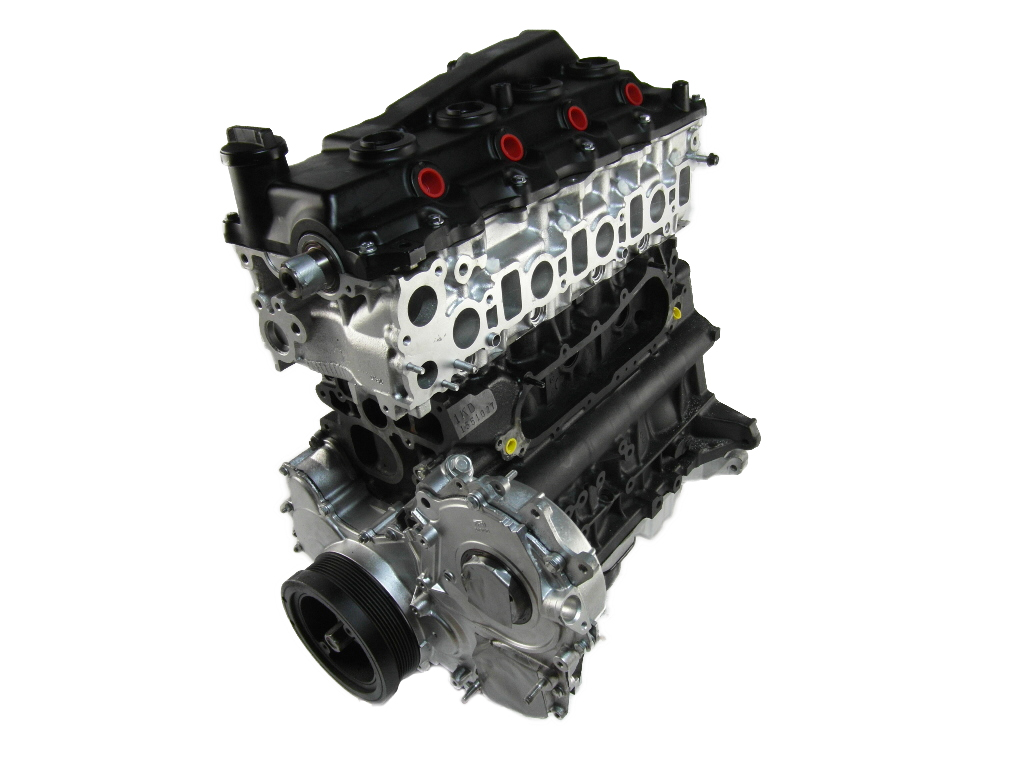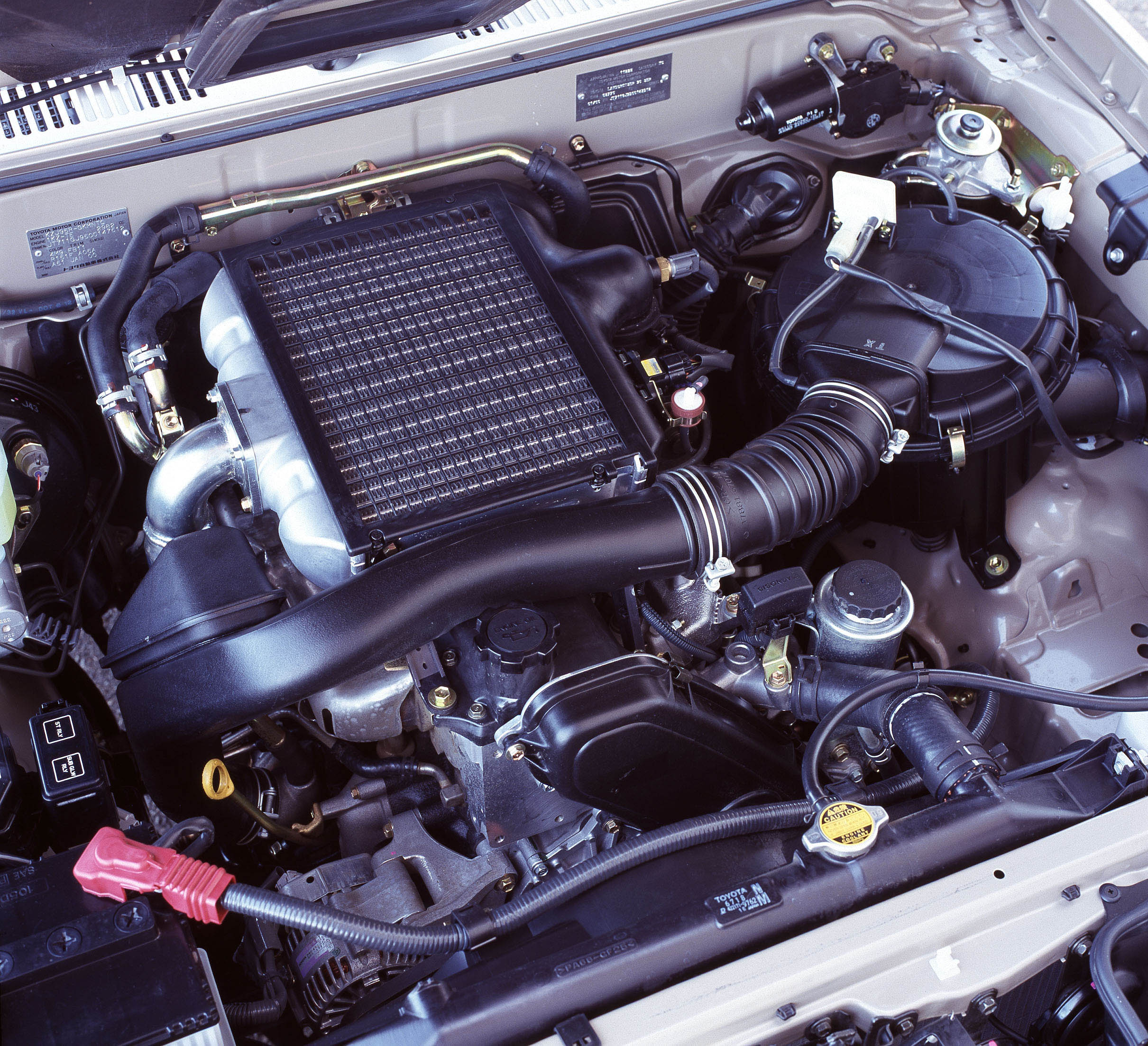Introduction
The LSA was a 6.2-litre supercharged V8 petrol engine that was based on the naturally aspirated LS3 engine. The LSA engine was manufactured at GM’s plant in Silao, Mexico, and its first Australian application was the HSV Gen-F GTS.
During testing, the LSA engine accumulated more than 6400 hours of dynamometer testing, completed 24 hour track tests and was run for more than 270 consecutive hours at wide-open throttle.
LSA block
The LSA’s deep-skirt block was cast from 319-T7 aluminium and fitted with cast-iron cylinder liners. The LSA block had 111.76 mm bore centres, 103.25 mm bores and a 92.0 mm stroke for a capacity of 6162 cc.
Compared to the LS3 block, the LSA block was strengthened by 20 per cent by optimising the size of the bulkhead windows’; the enlarged bulkhead windows also improved bay-to-bay breathing, reducing pumping loss and resistance to the pistons’ downward movement.
Like the LS7, the LS3 cylinder block underwent a deck plate honing process typically reserved for high-performance engines. The deck plate honing process provided better cylinder sealing and prevented the pistons from scuffing the cylinder bores.
LSA supercharger
The LSA engine was fitted with a sixth-generation, Eaton Twin Vortices Series (TVS) supercharger which had four-lobes (for each of the two rotors) and a capacity of 1.9 litres. The LSA engine had a dual brick air-to-liquid intercooler that was integrated in the supercharger case above the rotors, while the air pump was driven by the engine’s crankshaft. Maximum boost pressure for the supercharger was 0.62 bar (9 psi).
As a result of its forced induction, the LSA engine had a compression ratio of 9.1:1.
LSA internals
The balanced, dropped-forged steel crankshaft had an eight-bolt flange to mount the flywheel (the naturally aspirated LS2 and LS3 engines had a six-bolt crank flange). Furthermore, the LSA crankshaft was supported by five main bearings which had six-bolt, cross-threaded main bearing caps that were made form nodular iron.
The LSA engine had forged powder metal connecting rods, while the hypereutectic pistons were aluminium-cast from a high-silicon alloy and featured oil-spray cooling.
Maximum engine speed for the LSA was 6200 rpm (compared to 6600 rpm for the LS3).
LSA cylinder head
The high-flow A356-T6 aluminium cylinder head was produced using a rotocast’ method in which the mould was rotated as the molten alloy cooled to prevent the formation of air pockets. The cylinder head was mounted upon four-layer steel head gaskets.
LSA camshaft and valvetrain
The LSA engine had a hydraulic roller-type camshaft that provided intake and exhaust valve lift of 12.2 mm; the relatively low lift and overlap were used to provide an even idle and low-rpm refinement.
The LSA had two valves per cylinder (one intake and one exhaust) that were actuated by cast steel, needle bearing roller rocker arms. The valves were manufactured from a high-chromium steel alloy (SilChrome 1′); the intake valves had a diameter of 55 mm and exhaust valves 44 mm.
LSA lubrication
The LSA had a high-flow oil pump with capacity of 128 litres per minute (2.13 litres per second). The oil pan was also fitted with a liquid-to-air cooler to manage engine oil temperature.
LSA injection and ignition
The LSA had a dual-pressure fuel system that was controlled by the electronic throttle management system. As such, pressure could increase from 250 kPa (at idle) to 450 kPa (wide-open throttle) almost instantaneously. At 400 kPa, each injector had a maximum flow rate of 6.52 grams per second.
The LSA had an E67 engine control module (ECM) which featured 32-bit processor, 32MB of flash memory, 128kb of RAM and a high-speed CAN bus. The coil-on-plug ignition system used direct-mount ignition coils, with an individual coil for each spark plug. For the LSA, the ignition coils were smaller and lighter than those of the LS3.
LSA exhaust
The LSA’s exhaust manifold was fabricated from a high-silicon, high-moly iron alloy and had close-coupled catalytic converters.
| RPO | Engine | Peak power | Peak torque | Models | Years |
|---|---|---|---|---|---|
| LSA | 6.2-litre super charged petrol V8 | 400kW at 6150rpm | 671Nm at 4200rpm | HSV Gen-F2 ClubSport R8, HSV Gen-F2 Maloo R8, HSV Gen-F2 Senator Signature |
2015-17 |
| 430kW at 6000rpm | 740Nm at 4200rpm | HSV Gen-F GTS | 2013-17 | ||
| HSV Gen-F GTS Maloo | 2014 |













